If your loved one experiences incontinence, you may spend a significant amount of time cleaning up and deodorizing after leaks or accidents, which can still occur even if they wear incontinence briefs.
Preparing the bed with tried-and-true layering tips and highly rated incontinence pads — both reusable and disposable — can save time, energy, and replacement costs.
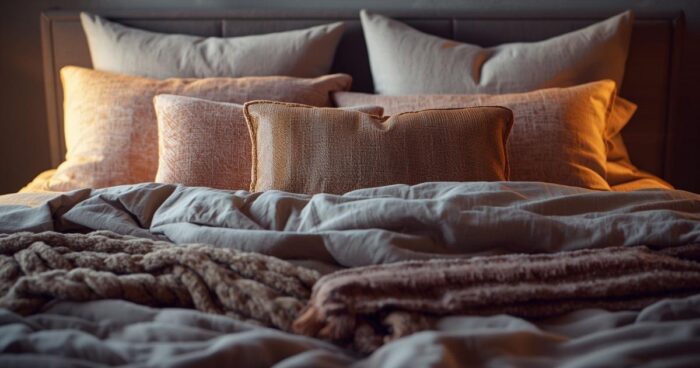
These techniques make cleanup easier and faster, reducing the chances of permanent soiling or stains. After all, replacing a ruined mattress or bed linens is expensive.
Plus, reducing the effect of leaks or accidents helps you and your older adult get a good night’s sleep.
To reduce leaks at the source, we recommend using high-absorbency incontinence briefs and pads for improved overnight protection.
Layers of Incontinence Pads Provide Waterproof Protection
Multiple layers and a combination of incontinence products are the key here. Waterproof mattress covers and bed protector pads sometimes can’t do the job on their own.
Plus, once urine soaks into the mattress or pillows, it can be challenging to get out, and the smell can linger. That’s why it’s best to prevent them from getting wet in the first place.
Clean and deodorize your mattress with a diluted vinegar spray or a urine-neutralizing product, such as Odoban, before wrapping it up if it is already soiled.
You’ll need to wrap the mattress in multiple layers to keep it from getting soiled.
This way, some outer layers might get wet, but at least those will be easily washable and protect the layers underneath.
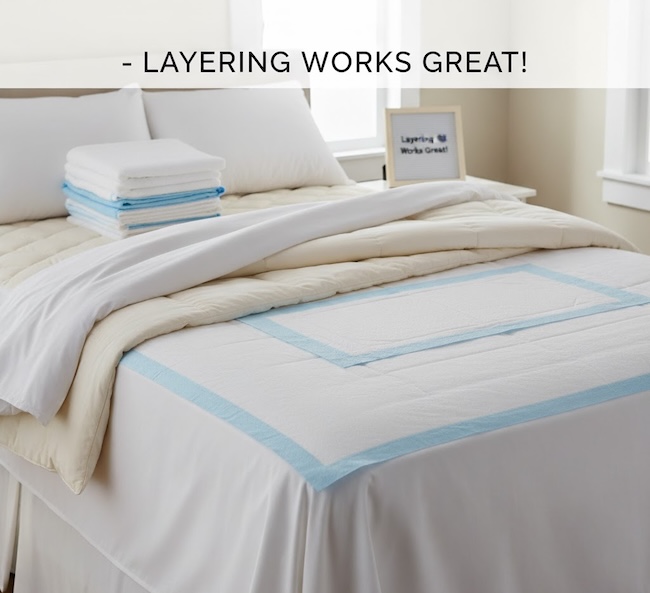
Protect a Bed by Layering Incontinence Bed Pads
- Start with a cleaned, deodorized mattress, then encase it in a zippered, waterproof mattress cover like this one.
- Then, put a fitted sheet-style waterproof mattress cover like this one on top of the zippered cover.
- Optional: Add another fitted sheet-style waterproof mattress on top of the first (repeating step 2). This adds protection for larger accidents.
- Next, put on a regular fitted sheet. Sheets with deeper pockets (like these) can help if the layers get thick.
- Then, depending on their needs, put one or two layers of a waterproof absorbent pad like this one (or this large one) on top of the fitted sheet. Your older adult will sleep on top of these pads.
- For even faster cleanup, you can also use a combination of washable bed pads and a top layer of disposable bed pads (like these options or these super-absorbent options).
- Blankets Option 1: Instead of one thick comforter, try multiple layers of thinner blankets and/or large towels. These will be much easier to wash and dry than a thick comforter.
- Blankets Option 2: Consider trying a waterproof duvet cover. Here are some options, but none have enough customer reviews to determine their effectiveness.
- Blankets Option 3: Waterproof flat sheets aren’t available in the U.S., but do a great job of protecting blankets from getting wet (we did find some in Australia). This sheet would go on top of your older adult, and their blankets would go on top of the sheet.
- A DIY solution is to get a waterproof fitted sheet in a larger size and cut the elastic edges off to make it into a flat sheet. For a no-sew method to hem the edges, try iron-on adhesive tape.
VIDEO: How to Find Low-Cost Incontinence Supplies
Protect Pillows by Layering Incontinence Products
- Put a waterproof cover on the pillow like this one.
- Optional: If your older adult is very likely to get their pillow wet, use multiple layers of waterproof pillow covers.
- Lastly, put a regular pillowcase on top.
Reduce Leaks With Max Absorbency Incontinence Products
For nighttime use, super absorbent incontinence briefs or those designed explicitly with overnight absorbency help reduce leaks and absorb more if an accident occurs.
The overall goal is to find a brief that is heavy-absorbing, fits well to prevent leaks, and provides maximum comfort for better sleep.
This may take some experimenting with different brands, styles, and absorbencies.
If you’re struggling with overnight protection, consider trying specialty brands that aren’t always available in major drugstores. For example, NorthShore Care has styles with very heavy absorbency and a wide range of sizes from Small to 3XL.
Additional brands to try include Dry Direct, LivDry, Tranquility, Tena, MoliCare, and Seni Super Quadro.
You may also consider adding a booster pad for increased overnight protection (like these options or this option). A booster pad isn’t the same as a “regular” incontinence pad or liner. They’re designed to be placed inside an incontinence brief, providing an additional absorbent layer.
Final Thoughts
Mastering the ‘layer cake’ method for bed pads is a small change that makes a monumental difference. It transforms a source of stress into a simple, effective routine. We hope this guide helps you and your loved one enjoy the comfort and security of a dry bed night after night.
What’s your best tip for managing incontinence at night? Share your wisdom in the comments below!
Recommended for you:
- Incontinence Care: 9 Tips for Caregivers
- 3 Tips for Recognizing Signs of Incontinence in Seniors
- 3 Top Benefits of a Daily Routine for Seniors
This article contains affiliate links. If you buy through an affiliate link on our site, we may earn a small commission, at no additional cost to you. For more information, see How We Make Money.
About the Author

Connie is the founder of DailyCaring.com and was a hands-on caregiver for her grandmother for 20 years. (Grandma made it to 101 years old!) She knows how challenging, overwhelming, and all-consuming caring for an older adult can be. She also understands the importance of support, especially in the form of practical solutions, valuable resources, and self-care tips.



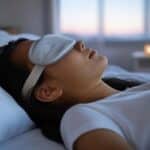


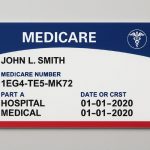




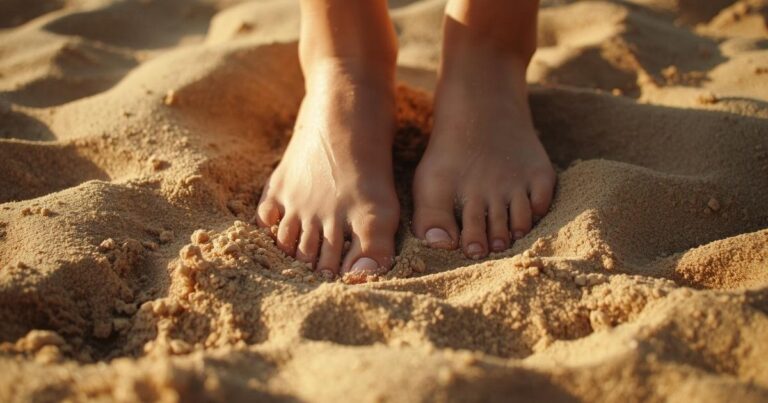

My mom has Medicare and medical I can’t get anyone to deliver any items to my house they say her insurance is out of area I love in Lancaster she needs a recycling wheel chair and a hospital bed she has been out of hospital since the 8 of the month she had a fight broken hip and a right broken arm she has dementia I need
I’m so sorry to hear about these issues and your mom’s health conditions. Assuming that the items she’s order are covered under her insurance, you may want to call them again to find out specifically why they cannot deliver to her house even though she is covered by their insurance.
If the issue is getting coverage for durable medical equipment (like wheelchair or hospital bed), these articles may be helpful:
— 3 Ways to Get the Home Medical Equipment That Seniors Need: Wheelchairs, Hospital Beds, and More https://dailycaring.com/3-ways-to-get-the-home-medical-equipment-that-seniors-need-wheelchairs-hospital-beds-and-more/
— Finding Used Medical Equipment https://dailycaring.com/finding-used-medical-equipment/
This is very helpful for our elders to keep their dry and their bed clean.